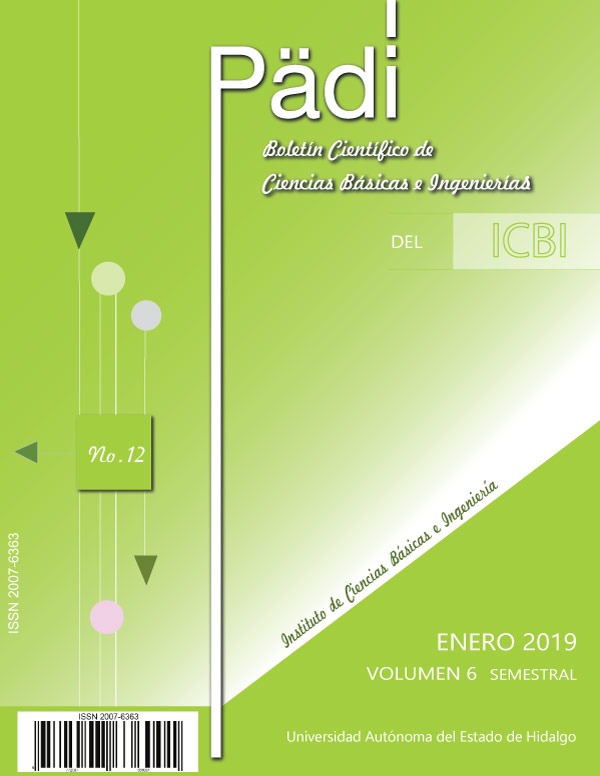Stochastic Epidemic Models
Abstract
Mathematical modeling is a very useful tool to understand,
in a simple way, some real problems from reality that are of our
interest. In the case of the diseases transmission, mathematical
epidemiology has allowed us to understand the mechanics of
propagation among the population. Deterministic models such
as SI, SIS, SIR, SEIR, have been widely studied, and are the
basis for more complex models, which include, for example,
some vaccination policy. Another alternative is stochastic modeling.
In this paper we present two stochastic models, based
on Markov chains. Both models are the stochastic version of
the classic SIS. The first is a discrete time model, while the second
is a continuous time model. From each of them we present
simulations, and overlapping with the simulation performed for
the deterministic model.
Downloads
References
models with fixed population size and structure. J. Math. Biol. 68(1-2), 109–
143.
Allen, E., Allen, L., Arciniega, A., Greenwood, P., 2008. Construction of equivalent
stochastic dierential equation models. Stochastic Analysis and Applications
26, 274–297.
Allen, L., 2017. A primer on stochastic epidemic models: formulation, numerical
simulation, and analysis. Infectious Disease Modelling 2, 128–142.
Andersson, H., Britton, T., 2000. Stochastic Epidemic Models and Their Statistical
Analysis, 1st Edition. Springer-Verlag, New York.
Brauer, F., Castillo-Ch´avez, C., De la Pava, E., Barley, K., Castillo-Garsow,
C., Chowell, D., Espinoza, B., Gonz´alez Parra, P., Hern´andez Su´arez, C.,
Moreno, V., 2014. Modelos de la propagaci´on de enfermedades infecciosas,
1st Edition. Universidad Aut´onoma de Occidente, Cali.
Brauer, F., van den Driessche, P., Wu, J., 2008. Mathematical Epidemiology,
1st Edition. Springer-Verlag, Berlin.
Britton, N., 2003. Essential Mathematical Biology, 1st Edition. Springer-
Verlag, London.
Britton, T., 2010. Stochastic epidemic models: A survey. Mathematical Biosciences
68(1-2), 109–143.
Choisy, M., Gu´egan, J., Rohani, 2007. In: Tibayrenc, M. (Ed.), Mathematical
Modeling of Infectous Diseases Dynamics. John Wiley and Sons, U.S.A.,
Ch. 22, pp. 379–404.
Doob, J., 1990. Stochastic Processes, 1st Edition. John Wiley and Sons, New
York.
Martcheva, M., 2010. Mathematical Epidemiology, 1st Edition. Springer, New
York.












